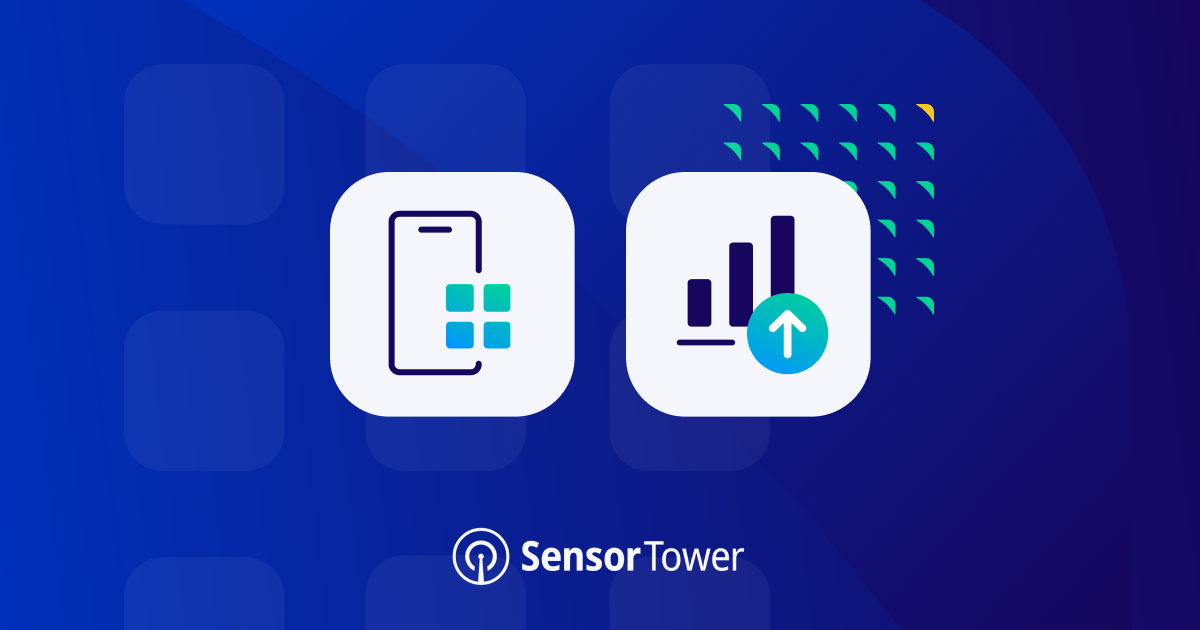One of keys factor in identifying mobile fraud is intent, and intent is hard to determine through algorithms and analysis. Sometimes intent is hard for human beings to determine face to face! Courts and attorneys have wrestled with it for centuries. What does intent have to do with fraud in mobile though? It’s all about accuracy.
 A lot of what many algorithms define as “fraud” ends up being simply poor quality users. For every user that installs an app from a UA campaign and plays that game for weeks or months, making IAP and genuinely engaging with ads in their new app, or clicks on a brand ad and orders that product or visits a physical location, there are plenty who don’t do any of that.
A lot of what many algorithms define as “fraud” ends up being simply poor quality users. For every user that installs an app from a UA campaign and plays that game for weeks or months, making IAP and genuinely engaging with ads in their new app, or clicks on a brand ad and orders that product or visits a physical location, there are plenty who don’t do any of that.
Low-quality users don’t mean they’re bad people. Some apps aren’t for everyone, and not every brand ad pans out for every user.
A Publisher Problem? Nope.
Publishers could have a number of users who might be flagged as “fraudulent” by an algorithm, and so might stop receiving ads and have to appeal to their ad providers. The difference between a good ad network and a bad one is listening to the publisher. If the publisher isn’t intending to defraud advertisers, then it’s unreasonable to put them on a blacklist.
Depending on the type of app though, there might be genuine user-level fraud that a publisher might be unaware of. Perhaps poorly-paid people in that dimly-lit warehouse are building up accounts to sell online for real-world money. This is a serious problem for some app types. A simple eBay search (not even the dark web!) for your favorite app’s account type will return a bevy of results, all with high levels or tons of resources.

Publishers, ad networks, and viewability and attribution partners should work together to identify suspicious behaviour that might indicate dishonesty at the user level (multiple recurrences of the same device ID, mean time of install, identical click patterns, and so on) and take action against those users, rather than punishing the publisher by turning off the ad revenue spigot.
If your app is ad-supported, user-level fraud can potentially see your revenues dropping, sometimes precipitously, over time. As ad networks develop fraud mitigation tools, apps with a suspicious amount of clicks might see their ad views plummet as those tools take steps to reduce risk to advertisers.
The Advertiser Side
Last year, Google removed dozens of Android applications from the Google Play store that were infected with what is best described as malware that tricked users into clicking on ads on an unprecedented scale. Just like low-quality ads from some networks that are designed to create accidental clicks, these applications defrauded advertisers of an unknown amount of money. Some of them had even been on the Play Store for years.
Apple isn’t always safe either. Last year, the New York Times reported on a swathe of fake apps in the App Store that masqueraded as legitimate apps from big brands like Foot Locker, often to gain user data or run fraudulent ad operations. These shady apps can even boost their ratings for more downloads by posting algorithmically generated “user” reviews.
Advertisers should also make sure ad networks and publishers can detect apps that are running on emulators or on jailbroken or rooted devices. While not every jailbroken iPhone or Android emulator is fraudulent, these types of devices do crop up very frequently in fraudulent activity.
 Don’t be afraid to blacklist certain apps, IP addresses, or regions if you see fraudulent activity coming from them. Ad networks should have these types of tools available to advertisers from the word go.
Don’t be afraid to blacklist certain apps, IP addresses, or regions if you see fraudulent activity coming from them. Ad networks should have these types of tools available to advertisers from the word go.
This makes it more important than ever for publishers and advertisers to partner with ad networks that communicate any issues before they arise and can provide insights and best practices to mitigate any user-level fraud and keep ROAS and monetization where they should be.
Join the Conversation
What’s your take on low-quality or mismatched users versus actual fraud? How does your team tet intent? Tweet us at @AdColony. For the latest AdColony mobile news and updates, follow @AdColony on Twitter, like us on Facebook, or connect on Linkedin.
- Effectively Scaling Apps – The Myth of the Whale Busted - May 17, 2022
- How to Maximize and Optimize Engagement in Your App - May 5, 2022
- Offer Walls for App Monetization: Everything You Ever Wanted to Know - April 14, 2022



